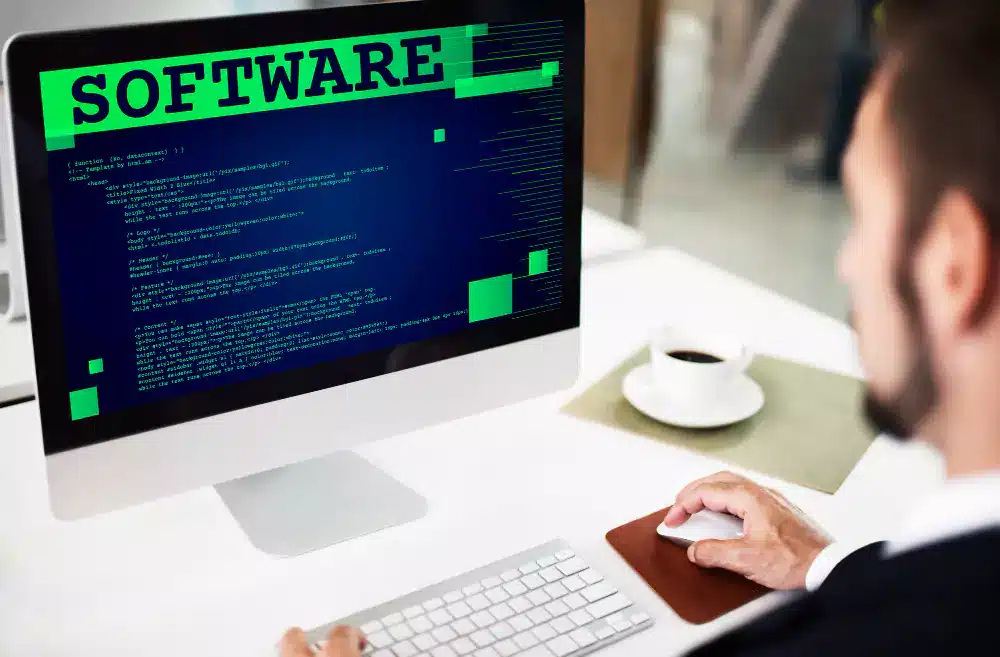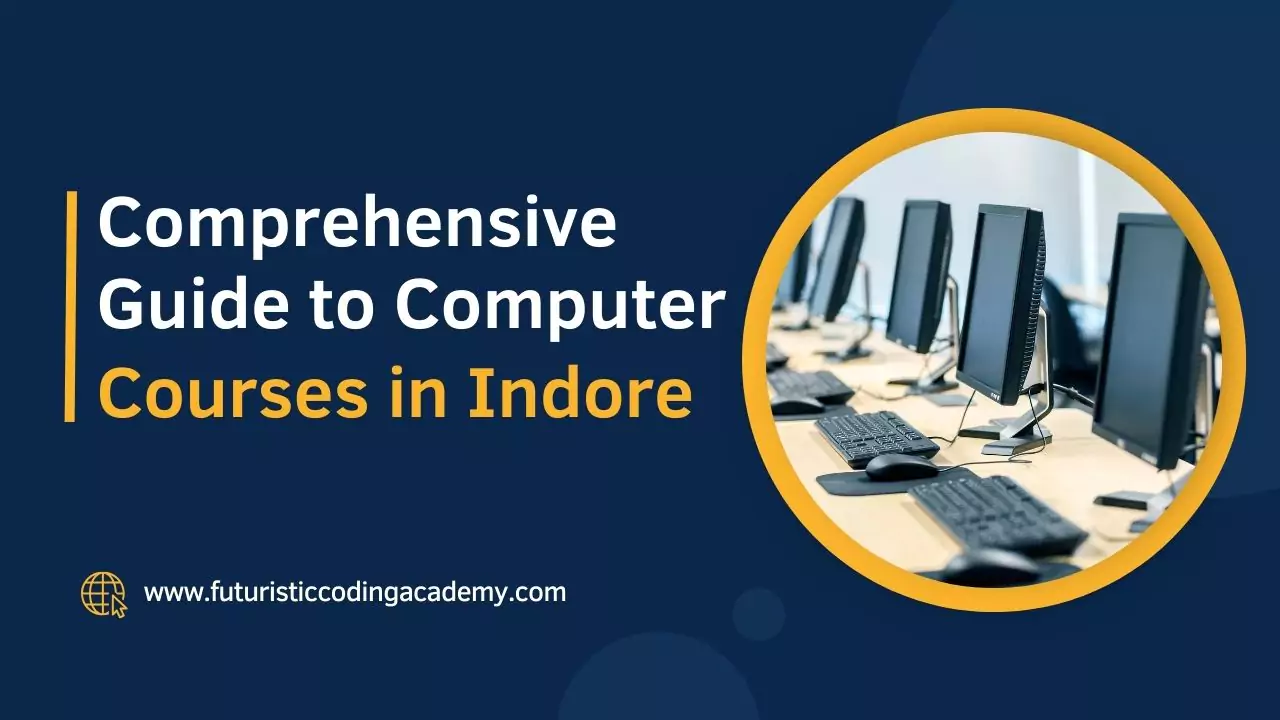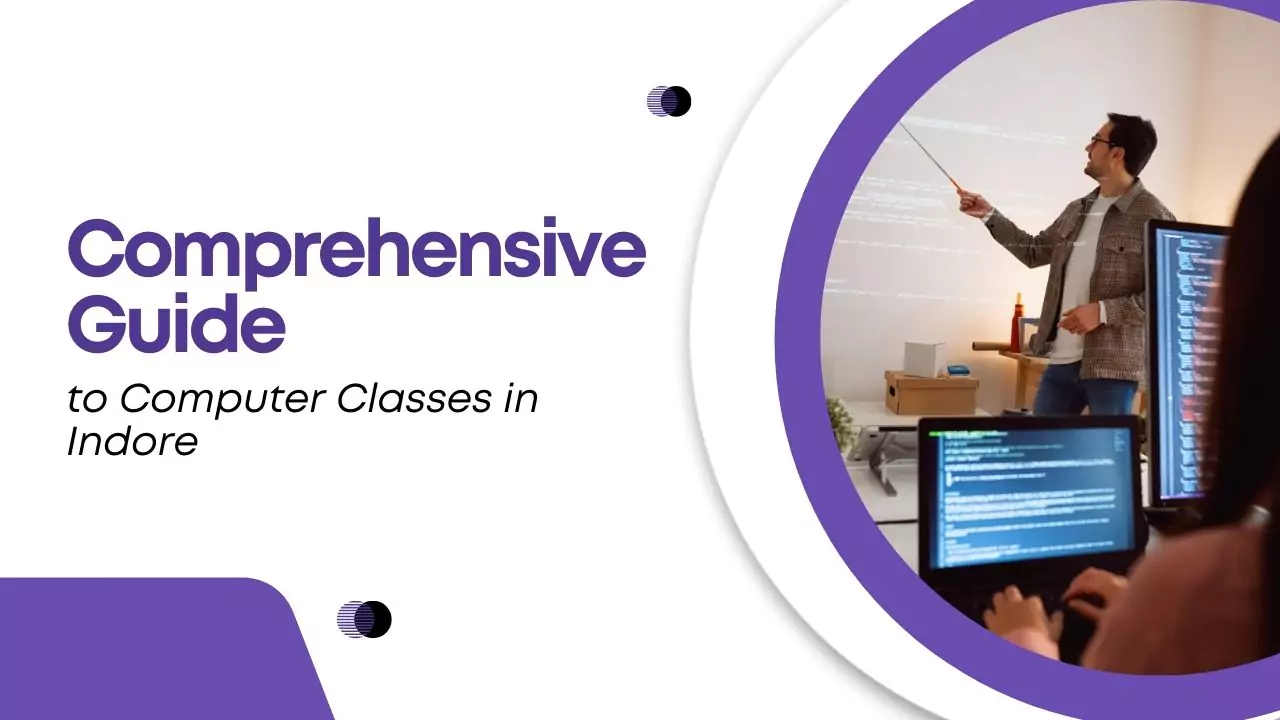In today’s fast-paced tech world, becoming a Java Full Stack Developer is an attractive career path, especially in India, where opportunities in full stack development are rapidly expanding. If you are aiming to master both the front-end and back-end technologies, this blog will serve as your comprehensive roadmap.
1. Introduction: What is a Java Full Stack Developer?
A Java Full Stack Developer is someone who works on both the client-side (front-end) and the server-side (back-end) of a web application. In simpler terms, it means you’ll be able to build a complete web application from scratch. Java developers are highly in demand, and adding full stack capabilities will make you even more versatile in today’s competitive job market.

2. Frontend Development Skills
The first step toward becoming a Java Full Stack Developer is to master front-end technologies that users interact with directly. Below are essential technologies:
- HTML, CSS, JavaScript: These are the building blocks of the web. HTML structures the content, CSS styles it, and JavaScript adds interactivity.
- Frameworks like React, Angular, VueJS: These JavaScript frameworks simplify the development of complex user interfaces, allowing you to create highly dynamic and responsive applications.
3. Backend Development Skills
Java Full Stack Developers need strong back-end skills to manage databases and server logic. Key areas to focus on include:
- Core Java: Master the fundamentals of Java, including object-oriented programming, data structures, and algorithms.
- Spring Boot & Hibernate: Spring Boot simplifies the creation of Java web applications by using microservices. Hibernate helps manage your database interactions efficiently.
- Building REST APIs: A vital part of full stack development is building secure RESTful APIs. Using Spring Boot, you can develop scalable APIs that allow the front-end and back-end to communicate.
4. Database Management Systems
Full stack developers must also manage data storage. Understanding how to interact with both SQL and NoSQL databases is essential:
- Relational Databases (SQL): Learn to work with MySQL and PostgreSQL to manage structured data.
- NoSQL Databases: MongoDB is popular for handling large volumes of unstructured data, making it a must-learn for modern applications.
5. Version Control & Collaboration
Managing code efficiently is crucial in full stack development. Git is the most popular version control system:
- Git and GitHub: These tools allow teams to collaborate on code, track changes, and handle different versions of a project.
- Collaboration Tools: Tools like JIRA and Slack help facilitate communication and project management, especially in Agile development environments.

6. Deployment and DevOps
The next step is understanding how to deploy and maintain applications:
- Continuous Integration/Continuous Deployment (CI/CD): Learn to use Jenkins to automate the testing and deployment process.
- Docker and Kubernetes: These are containerization tools that simplify deploying your application in any environment.
- Cloud Platforms (AWS, Azure, GCP): Cloud platforms provide scalable resources for hosting and managing web applications.
7. Cloud Computing: Building Scalable Applications
In today’s tech landscape, deploying applications to the cloud is a must for scalability and cost-efficiency. Java developers benefit from knowledge of cloud platforms like AWS, Google Cloud, and Azure. Understanding cloud services such as storage and compute power will allow you to build, scale, and manage applications more effectively.
8. Soft Skills for Java Full Stack Developers
While technical skills are essential, don’t forget about soft skills:
- Communication and Teamwork: As a full stack developer, you will collaborate with multiple teams (front-end, back-end, design). Strong communication skills are necessary for effective teamwork.
- Problem-Solving Skills: Debugging and solving complex issues across the stack require a methodical approach.
- Adaptability: Technologies change rapidly, so you must be ready to learn and adapt.
9. Capstone Project: Putting It All Together
Once you have acquired these skills, it’s time to bring them together in a capstone project. This will serve as a portfolio piece to showcase your expertise:
- Choose a Project: Pick a project that excites you, whether it’s a To-Do app, personal website, or an e-commerce platform.
- Define Requirements and Design Architecture: Plan out the features, technologies, and structure of your application.
- Build, Test, and Deploy: Implement your frontend and backend, test thoroughly, and deploy it to a cloud platform like AWS or Heroku.

10. Getting Started with Full Stack Developer Courses in India
If you’re serious about becoming a full stack developer, consider enrolling in one of our comprehensive courses at Futuristic Coding Academy. Our curriculum is designed to cover all aspects of full stack development, from Java fundamentals to advanced cloud computing and deployment strategies.
Conclusion
Becoming a Java Full Stack Developer opens up a wide range of opportunities in India’s booming tech industry. By mastering both front-end and back-end technologies, gaining knowledge of databases, and familiarizing yourself with deployment and DevOps tools, you will be fully equipped to build powerful, scalable applications.
If you’re ready to take the first step on this journey, explore our courses at Futuristic Coding Academy to kickstart your career as a Java Full Stack Developer.
What is a .NET Full Stack Developer?
1. What is a Java Full Stack Developer?
A Java Full Stack Developer is a programmer skilled in both front-end (client-side) and back-end (server-side) development using Java technologies. They handle the entire software development process, including user interface (UI) design, database management, and server logic using Java frameworks like Spring Boot and Hibernate.
2. Which skills are essential for a Java Full Stack Developer in 2024?
To become a Java Full Stack Developer in 2024, you’ll need proficiency in front-end technologies (HTML, CSS, JavaScript), back-end development with Java (Core Java, Spring Boot, REST APIs), database management (SQL, NoSQL), and tools like Git, Docker, and cloud platforms such as AWS.
3. How long does it take to become a Java Full Stack Developer?
The time required to become a Java Full Stack Developer varies based on prior experience. Beginners typically need 6-12 months to gain the necessary skills through focused learning and project-based experience, while experienced developers might achieve proficiency in 3-6 months.
4. Is Java Full Stack development a good career in 2024?
Yes, Java Full Stack development continues to be a highly sought-after career in 2024 due to the increasing demand for developers who can manage both front-end and back-end processes. Java remains popular for enterprise-level applications, and full stack roles offer diverse job opportunities
5. Which frameworks should I learn for Java Full Stack development?
For Java Full Stack development, it’s essential to learn frameworks like Spring Boot (for back-end development), Hibernate (for database management), and React or Angular (for front-end development). These frameworks are widely used in building modern, scalable web applications.






